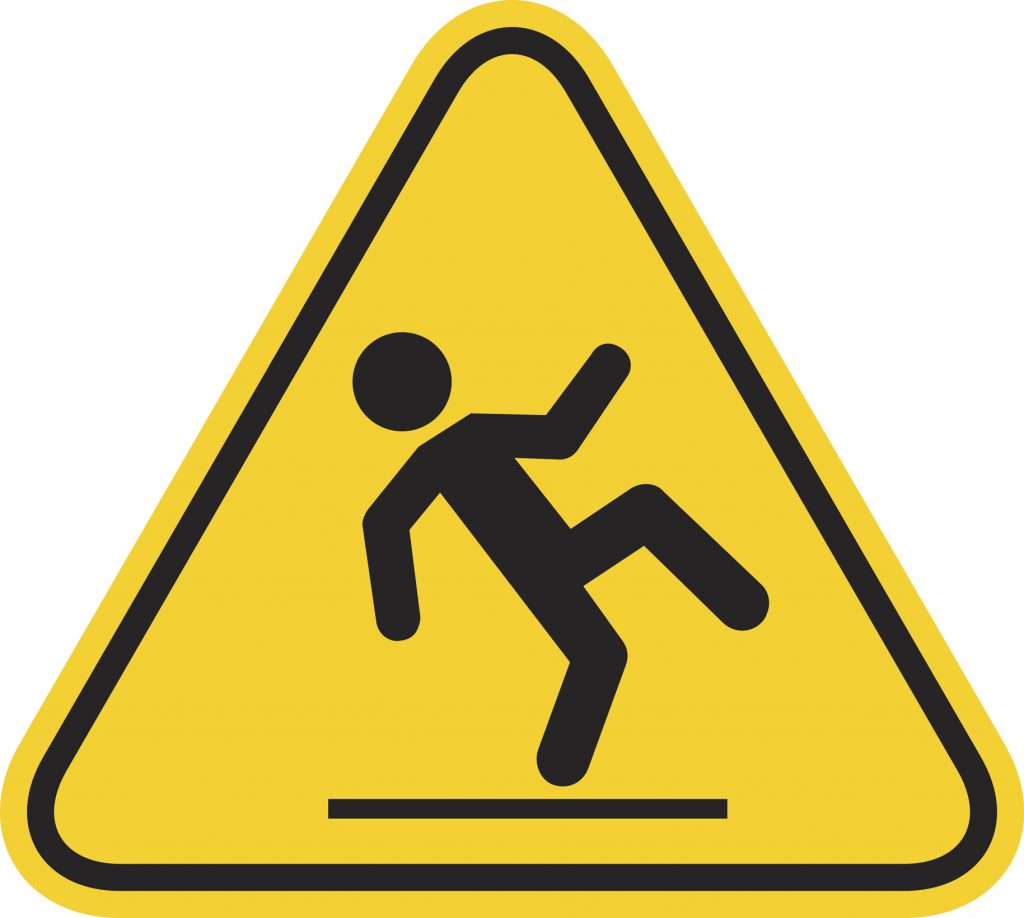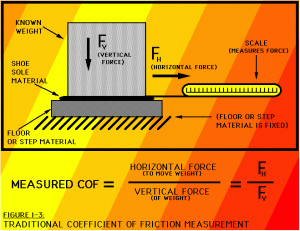Miller Engineering has resolved hundreds of cases regarding slips, trips, and falls. We offer a wealth of experience and utilize specialized equipment in order to document the scene and accurately identify any combination of static and dynamic factors that contributed to the accident. Once we have evaluated the conditions, our safety experts can compare the environment to safety standards and help ensure that the area complies with building code requirements.
Some of the most common factors assessed by Miller Engineering are:
Ladder Accidents and Falls
Ladder accidents and falls are among the most common incidents that take place on construction sites. Miller Engineering has helped investigate and resolve hundreds of these cases. Failure to use the three point contact rule in climbing is the source of many ladder type accidents.
In one case, Miller Engineering investigated an extension ladder accident that resulted in serious injury. After analyzing the statements and carefully inspecting the damage to the subject ladder, we determined that the accident had been caused by inadequate shoe gripping or by a flylock failure. Both hypotheses reflected potential design defects in this particular ladder.
- Human Factors & Ergonomics: Dr. Lehto’s Book
- Missteps
- Lack of awareness
- Wet or Slippery Surfaces
- Ladders
- Poor Housekeeping
- Uneven Surfaces or Changing Elevation
- Obstructions, such as Trailing Cables or Unsuitable Coverings
- Poor Lighting or Visibility
Coefficient of Friction
The essence of climbing system design as well as slip-fall considerations includes at least two main concepts: three point contact while maneuvering or changing elevations, and slip resistance as measured by traditional coefficient of friction (COF).
The measurement of COF is the usual starting point. To the left, a figure from a draft of a book by Dr. Miller illustrates both the concept and methodology of COF.
Project Examples Regarding Slips, Trips, and Falls
Outdoor Slip and Fall – convenience store parking lot
- Retained to evaluate conditions at a convenience store after an adult was injured in an outdoor slip and fall
- Evaluated sidewalk safety and company procedures
Indoor Slip and Fall – carpeted recreation center
- Retained to analyze a slip and fall on a carpeted gym floor that resulted in severe brain injury
- Conducted coefficient of friction (COF) calculations
Outdoor Slip and Fall – parking lot at night
- Hired to analyze a fall that occurred in a parking lot at night
- Assessed the conditions including lighting, surface, visibility, etc.
- Assisted in determination of fault

